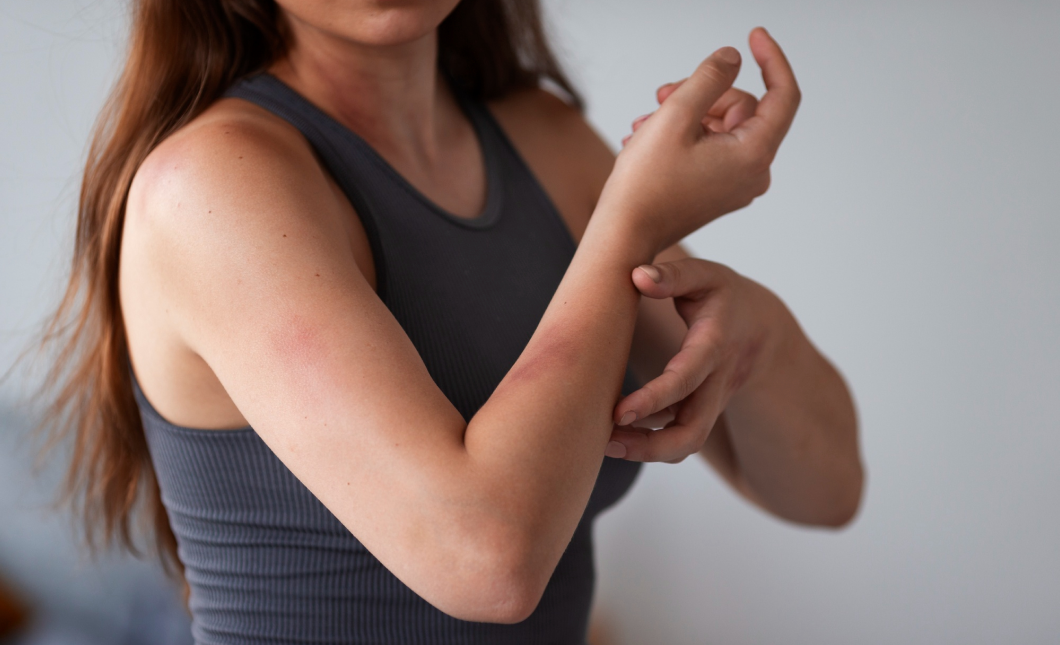Chillblains
Let’s delve into the curious case of Mr. X, an individual seemingly at the mercy of winter’s frosty grip. Mr. X, like many, finds himself grappling with an uncomfortable adversary during the colder months: chilblains. These painful, itchy swellings on his fingers and toes are a result of exposure to chilly temperatures followed by rapid rewarming. But what if I told you that Mr. X’s plight with chilblains might find relief through a unique lens — the holistic world of homeopathy?
In the realm of homeopathy, every individual’s experience is considered unique, much like a fingerprint. Mr. X’s battle with chilblains isn’t merely a localized issue but a manifestation of an imbalance within his body’s response to the cold. Homeopathy, a system of medicine founded on the principle of “like cures like,” aims to address Mr. X’s chilblains by understanding the totality of his symptoms, both physical and emotional.
In the realm of homeopathy, every individual’s experience is considered unique, much like a fingerprint. Mr. X’s battle with chilblains isn’t merely a localized issue but a manifestation of an imbalance within his body’s response to the cold. Homeopathy, a system of medicine founded on the principle of “like cures like,” aims to address Mr. X’s chilblains by understanding the totality of his symptoms, both physical and emotional.
Homeopathic remedies for chilblains are tailored to the specific symptoms that Mr. X presents. For instance, if Mr. X experiences intense itching and burning sensations along with redness, Agaricus might come into play. Pulsatilla, on the other hand, could be considered if Mr. X’s chilblains tend to shift locations and worsen in warmth.
A key aspect of homeopathic care for chilblains involves individualized remedies such as Petroleum, which targets dry, rough skin with cracks and fissures. Moreover, when chilblains have progressed to open sores or ulceration, the application of Calendula, known for its healing properties, might aid in Mr. X’s recovery.
Silicea, yet another remedy, might be suggested if Mr. X’s chilblains are slow to heal and prone to infection, particularly if pus discharge is evident. However, it’s imperative to remember that the choice of remedy in homeopathy is based on a thorough understanding of Mr. X’s unique symptoms and constitution.
In tandem with the prescribed remedies, Mr. X can benefit from practical measures. Ensuring warmth and promoting circulation to affected areas play pivotal roles in managing chilblains. Wearing adequate warm clothing, avoiding sudden temperature shifts, and keeping extremities dry are practical steps to prevent chilblains from reoccurring.
In essence, homeopathy provides a personalized and holistic approach to tackling Mr. X’s chilblains. By addressing not only the physical symptoms but also considering his mental and emotional state, homeopathic remedies strive to restore balance within his body. Consulting a qualified homeopathic practitioner can unveil a tailored treatment plan that resonates with Mr. X’s unique symptoms and leads him on a path towards relief and improved overall well-being.
“Mr. X was going about his day as usual when he suddenly noticed a strange sensation in his toes. They felt numb and tingly, and he couldn’t help but notice that they were turning a deep shade of red. Panic set in as he wondered what could be causing these strange symptoms. What he didn’t realize at the time was that he was experiencing a common condition known as chillblains.
Chillblains is a gradual problem that only occurs in winters when the skin is exposed to cold and damp conditions for an extended period of time. It is a common condition that affects the toes, fingers, nose, and ears, and can cause a range of uncomfortable symptoms, including redness, swelling, itching, and pain.
Fortunately, there are several natural and effective homeopathic remedies that can help to alleviate the symptoms of chillblains and promote healing. One commonly used remedy is Rhus Venenata, made from poison ivy, which can relieve intense itching and burning sensations, as well as redness and inflammation. Tamus Communis, made from the bark of the yew tree, is another useful remedy for chillblains that cause a feeling of coldness and stiffness, numbness, and tingling sensations.
In addition to these remedies, there are several lifestyle changes that can help to prevent and manage chillblains. These include wearing warm, waterproof shoes and socks, avoiding exposure to cold and damp conditions, and practicing good foot hygiene.
If you or someone you know is experiencing symptoms of chillblains, it’s important to seek the advice of a qualified homeopathic practitioner. With the right treatment and care, chillblains can be effectively managed and prevented, allowing you to enjoy the winter months in comfort and warmth.”




